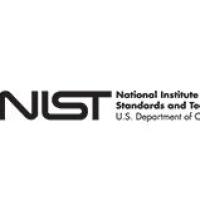Design and Testing of Novel Oncolytic Vaccinia Strains
互联网
495
Oncolytic or replication-selective viruses have been used as powerful tools for the delivery of therapeutic genes to tumors. Because these vectors are capable of replicating within the tumor, the therapeutic gene is amplified within the target tissue itself, resulting in the spread of the virus both within the tumor, and sometimes also between tumors. Vaccinia virus holds many advantages when serving as the backbone for oncolytic viral strains, including a large cloning capacity (at least 25 kbp) (1 ); a short life-cycle (2 , 3 ); extensive previous use in humans, with contraindications and adverse reactions well described and antivirals available (4 ); the potential for systemic (intravenous) delivery to distant tumors; and vaccinia strains have previously demonstrated antitumor benefits in clinical trials (5 ).
Because vaccinia has no known receptor and is capable of infecting almost any cell type, tumor selectivity has to be engineered into vaccinia at steps after infection. We will therefore discuss potential viral virulence genes and metabolic targets that result in tumor-selective vaccinia strains. Because the virus has limited natural requirements for host cell proteins, and, instead, contains a large genome and multiple genes involved in virulence, a large number of possible attenuating gene deletions can result in the production of viral strains reliant on inherent properties of the host cell for replication.
The protocols for producing viral gene deletions and constructing viral gene expression vectors have been well established for vaccinia and are summarized briefly in this chapter. Basic assays for testing the tumor selectivity and therapeutic index of new oncolytic constructs in vitro will be covered. In addition, we describe how bioluminescence imaging can be incorporated into preclinical testing of vaccinia gene expression strains to examine the timing, biodistribution, and kinetics of viral gene expression noninvasively after delivery of the viral agents to tumor-bearing mice via different routes.









